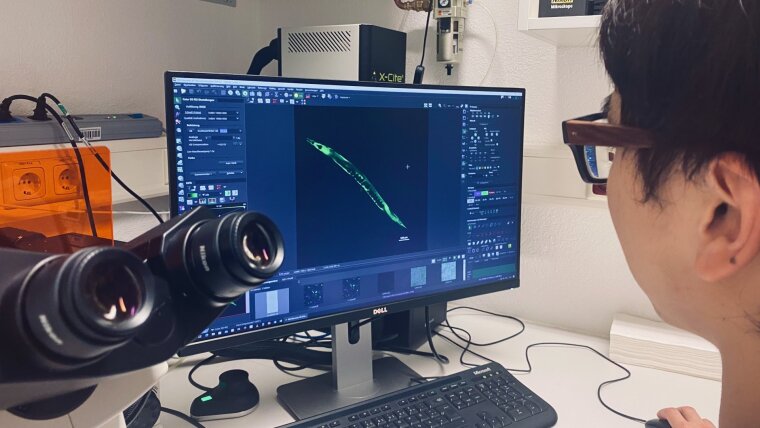
Research topic(s)
High resilience to perturbations of cellular and systemic homeostasis is one of the prerequisites for healthy aging. In this context, we are interested in molecular mechanisms associated with the initiation of, and adaptation to, oxidative and metabolic stress.
The focus of our research is on:
- transcriptional regulators and coregulators of stress response and energy metabolism such as FOXO transcription factors (in particular FOXO1, FOXO6), the transcription factor NRF2, which is responsive to oxidative and electrophilic stress, or the coregulator PGC-1α;
- the redox regulation of cellular signaling pathways by post-translational protein modifications – such as, for example, through reversible oxidation of cysteinyl residues (S-glutathionylation, persulfidation);
- the role of glutathione and of selenoproteins in oxidative eustress and distress;
- the role of the selenium binding protein SELENBP1, an enzymatic source of the redox regulators H2S and H2O2, in aging (using the model organism C. elegans as an example), cellular differentiation processes (using in vitro models), and in the metabolism of organosulfur compounds.
Methods
- in vitro models (Caco-2, 3T3-L1, L6C11, HepG2) to study cell differentiation, resistance to oxidative stress, energy metabolism, and intracellular lipid accumulation
- C. elegans as an in vivo model to study lifespan, stress resistance, neuropathological changes, and metabolism in wild-type and in genetically modified nematodes
- general molecular biology and biochemical methodology with a focus on the biochemistry of sulfur- and selenium-containing compounds (e.g., glutathione) and oxidative stres
Selected Publications
Philipp TM, Gong W, Köhnlein K, Ohse VA, Müller FI, Priebs J, Steinbrenner H, Klotz LO. (2022) SEMO-1, a novel methanethiol oxidase in Caenorhabditis elegans, is a pro-aging factor conferring selective stress resistance.External link Biofactors, 48(3):699-706
Tauber S, Sieckmann MK, Erler K, Stahl W, Klotz LO, Steinbrenner H. (2021) Activation of Nrf2 by electrophiles is largely independent of the selenium status of HepG2 cells.External link Antioxidants, 10(2):167
Köhnlein K, Urban N, Guerrero-Gómez D, Steinbrenner H, Urbánek P, Priebs J, Koch P, Kaether C, Miranda-Vizuete A, Klotz LO. (2020) A Caenorhabditis elegans ortholog of human selenium-binding protein 1 is a pro-aging factor protecting against selenite toxicityExternal link. Redox Biol, 28:101323
Tsitsipatis D, Gopal K, Steinbrenner H, Klotz LO. (2018) FOXO1 cysteine-612 mediates stimulatory effects of the coregulators CBP and PGC1α on FOXO1 basal transcriptional activityExternal link. Free Radic Biol Med, 118:98-107
Urban N, Tsitsipatis D, Hausig F, Kreuzer K, Erler K, Stein V, Ristow M, Steinbrenner H, Klotz LO. (2017) Non-linear impact of glutathione depletion on C. elegans life span and stress resistance.External link Redox Biol, 11:502-515
Links
Contact
